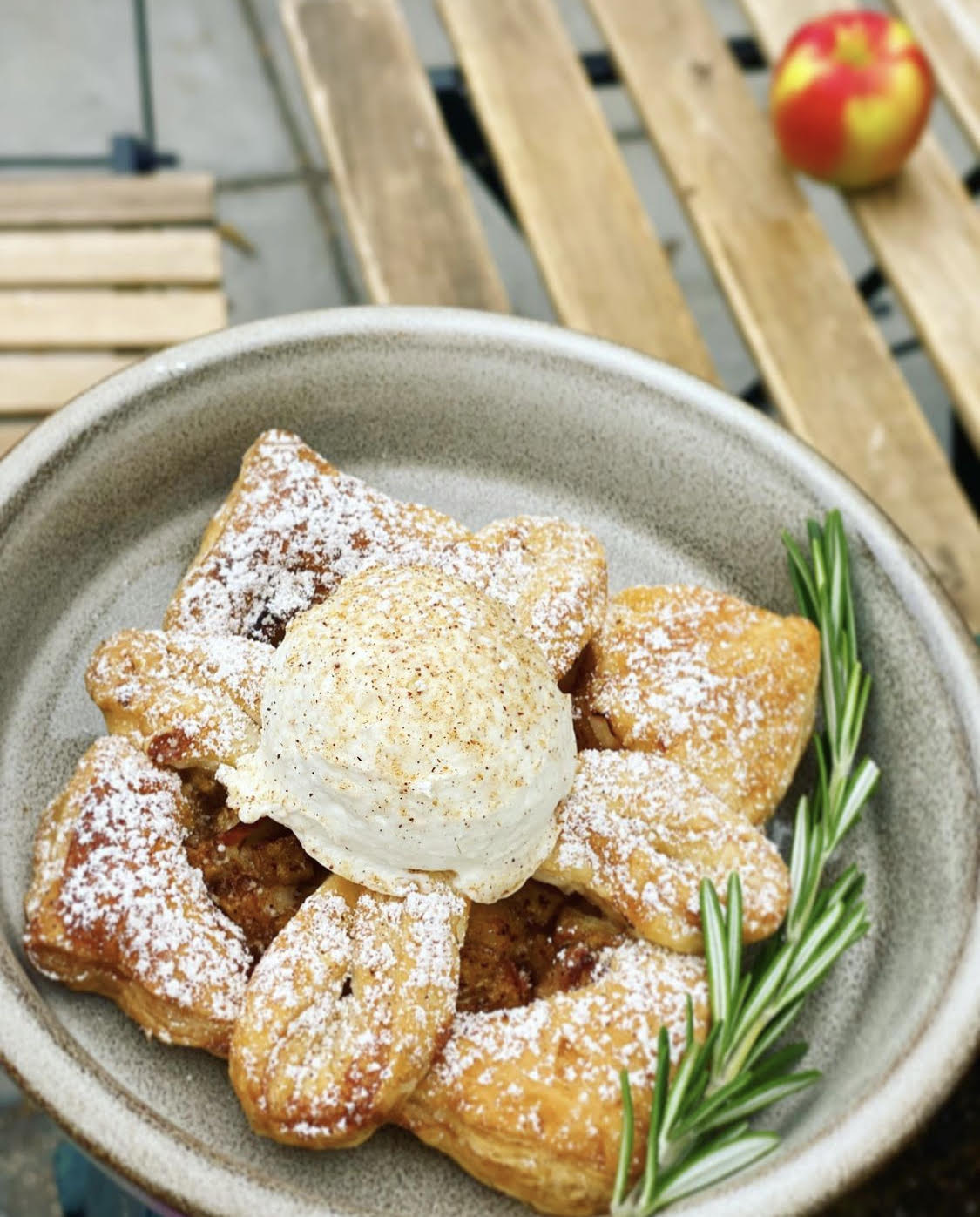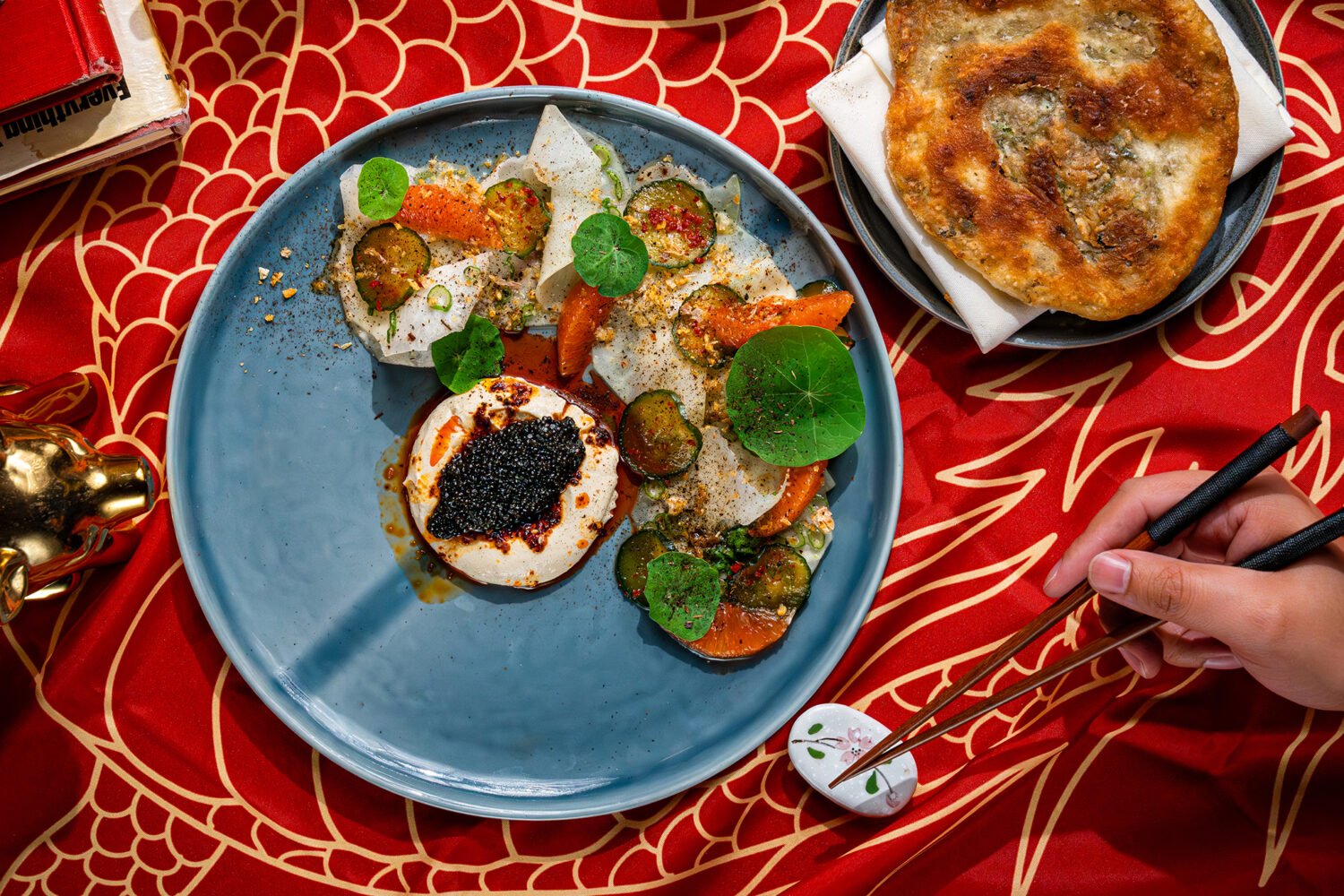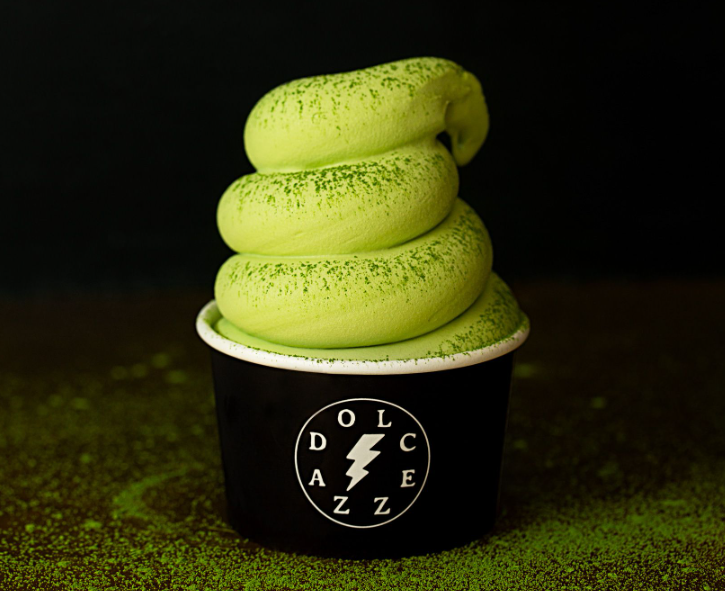Apple season is here, so we reached out to DC chefs to see what they plan to do with a surplus of peak apples heading our way. In addition to some of their projects, they recommended unique tips and tricks for how everyone can make the most out of this harvest season.
Use apples in savory dishes:
At Petworth’s Little Food Studio, chef Danielle Harris melds sweet and savory flavors in her honeycrisp-and-brie danish. For home chefs, Harris suggests using apples in savory recipes: “I think using apples in place of, say, table sugar or in place of already sweet vegetables in things like soups and chowders is really interesting and I love the flavor,” she says. “We have a tomato soup that we put apples in to sweeten it with. I use apples in my chili.”
Infuse some vinegar:
Dauphine’s chef Kristen Essig is mindful about getting the absolute most out of an apple. “I think the biggest thing is to remember that every single bit of the apple is usable,” she says.
At the New Orleans-inspired downtown DC restaurant, the kitchen saves apple peels and cores to spruce up existing vinegars with an apple infusion.“Saving all those peels and covering them with some rice wine vinegar and letting it sit at room temperature in a nice, cool place–covered–is a really fantastic way to [add] a fresh, fun flavor to a lot of different foods in your everyday cooking.”
Here’s how she gets it done: Wash your apples, and take any peels, stems, cores, and seeds and completely cover with unseasoned rice wine vinegar in a container with a tight-fitting lid. Let the mixture sit in a cool, dark place for at a week (or more). Strain, discard the scraps, and use for vinaigrettes, sauces, and whatever else you like.
Make an apple confit:
At Unconventional Diner in Shaw, pastry chef Ana Deshaies says a lot of things at the restaurant begin with an apple confit.“We peel them, cut them–it’s something that you can do at home–and then we cook them in some caramel, and some orange zest.” Deshaies has used the confit to make an apple cake and cobbler, and as a topping for French toast.
Here’s the recipe:
2 cups sugar
6 apples (preferably Fuji)
1/2 cup (1 stick) unsalted butter
zest from one orange
½ teaspoon cinnamon
1 teaspoon vanilla extract
Peel and cut the apples in slices however thick you want them—just make sure they’re generally the same size so they cook uniformly.
In a medium-size pot over medium heat, make a dry caramel. Add the sugar little by little to the pot until it has melted, stirring constantly with a spatula until it gets some color. When your sugar has a caramel color, add the apples, stir, and then add the remaining ingredients. (If the sugar seizes up because the other ingredients bring down the temperature of the sugar, don’t worry! Keep stirring and it will melt again.)
Lower the temperature and let the apples cook slowly for about 10 minutes, stirring every three to four minutes until they are still soft but not falling apart. Remove from heat and allow the mixture to cool.


















